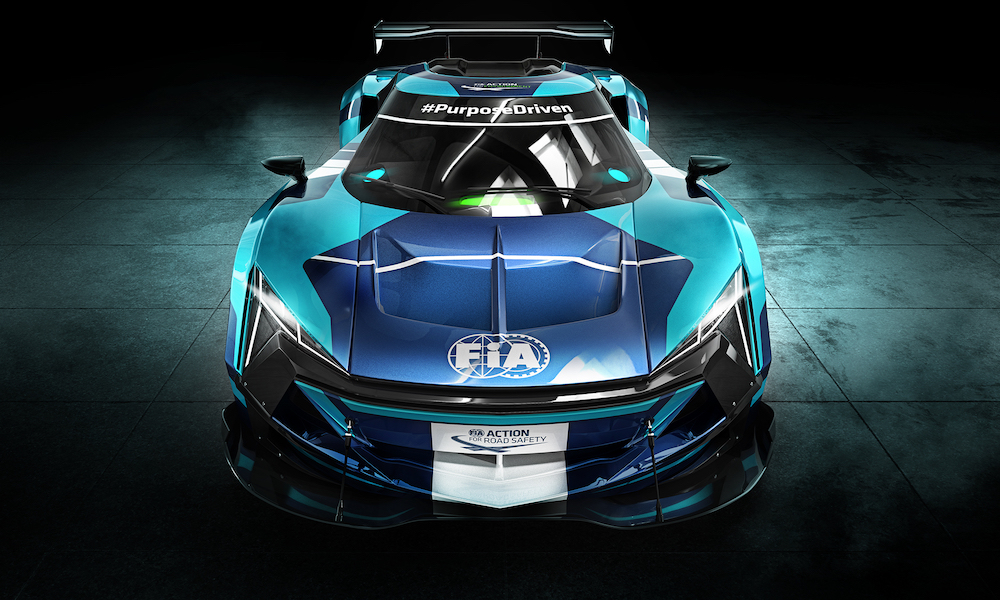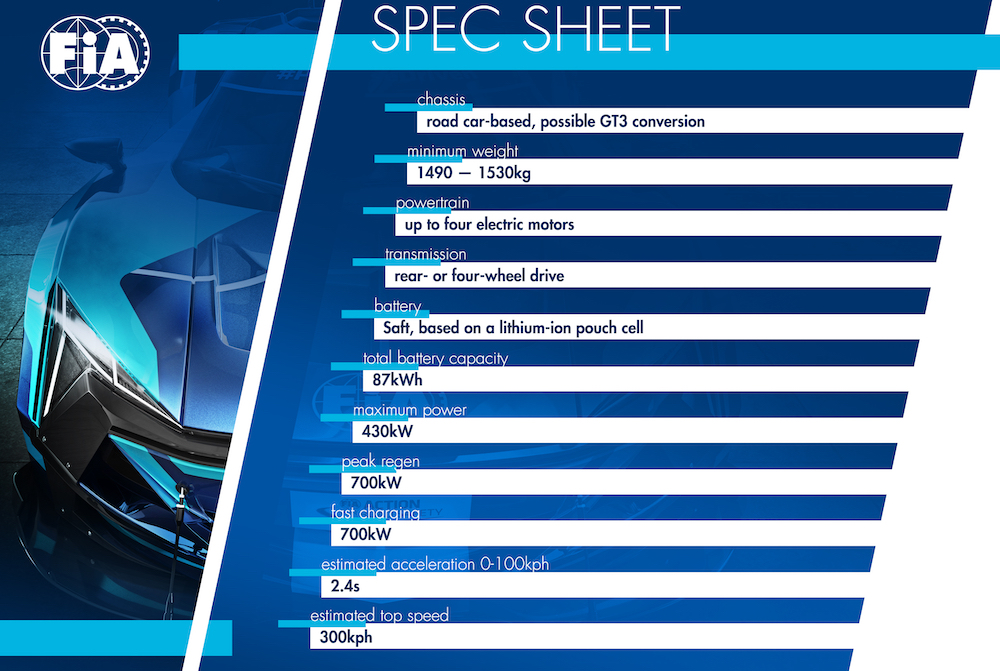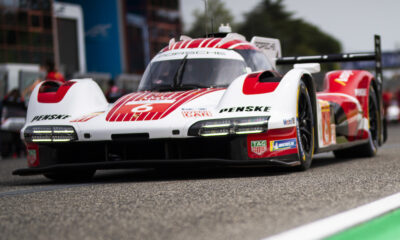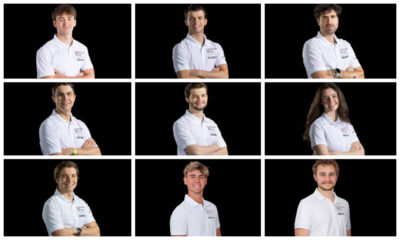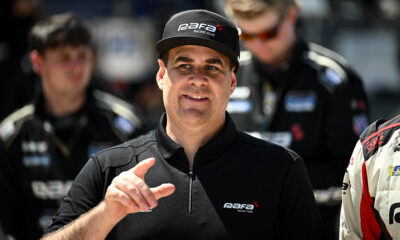The FIA has announced initial technical details of its new formula for electric-powered GT cars that will involve “fast charging” during pit stops and elements of GT3 convertibility.
Cars will be designed to operate in a “similar” performance window to combustion engine-powered GT3 machinery but with better acceleration and faster qualifying laps.
The rules are aimed at giving electric vehicle manufacturers a platform to develop road-relevant technology through motorsport, encompassing both OEM brands and specialist EV developers that do not have prior internal combustion engine racing experience.
An announcement from the FIA on Wednesday stated that manufacturers already involved in the global GT3 formula will be able to deploy the “architecture and certain design elements” of their existing race cars and “convert them to electric power”.
All vehicles in the new formula will have a maximum power output of 430 kW, equating to 577 horsepower, and a minimum weight in the range of 1490-1530 kg.
Saft, which is developing the battery for Peugeot’s hybrid Le Mans Hypercar, will supply a lithium-ion pouch cell onto which manufacturers can develop their own battery layouts.
The cells will have a peak regen of 700 kW as well as 700 kW fast recharging in races.
A pit stop recharge up to 60 percent of capacity, which was one of several race details revealed by Sportscar365 about the new category late last year, has been confirmed.
The electric GT technical regulations were approved at the FIA World Motor Sport Council meeting on Dec. 16 but precise specifications were not revealed at the time.
Road relevance has been stated as a key selling point of the formula, with manufacturers getting the freedom to choose from different powertrain types.
Cars can be powered by either dual or quad electric motors while rear-wheel-drive and four-wheel-drive layouts are both permitted.
Dynamic vehicle control, which automatically and independently adjusts each wheel’s torque to give “supreme” handling attributes, is also included in the technical rules.
“The role of electric propulsion in the automotive industry is ever-increasing, as we want motorsport to be relevant to our industry, more and more competitions are going in this direction,” said FIA technical director Xavier Mestelan Pinon.
“The main technical challenges are battery development, battery integration in the cars and fast charging technology.
“This is crucial to the manufacturers who want to develop road-relevant technology rather than relying on standard components.
“Also, being able to use and adapt GT3 platform ensures that costs are under control.”
Leena Gade, President of the FIA GT Commission, said that the electric GT formula will “coexist” with the globally-implemented GT3 category, which was introduced in 2006.
“The market for high-performance electric road supercars is on a constant rise, hence a platform to allow manufacturers to develop and showcase their technology was much needed,” said Gade.
“Creating these technical regulations has been a key project for the FIA GT Commission over the last eighteen months.
“We’ve held regular discussions with GT manufacturers through our Technical Working Groups and there’s keen interest in this new category.
“It also widens the FIA’s GT portfolio, coexisting alongside with GT3 which will remain the focus of the customer racing market worldwide for the time being.”
Races will be held on permanent tracks in a global championship run by a promoter that has yet to be announced. An initial promoter decision was due to be made early this year.
The plan is for races to take place on full circuit layouts, while the recharging element is intended to utilize existing and temporary infrastructure depending on the venue.
While the FIA’s electric GT racing formula has been referred to as FIA Electric GT, it’s understood that this is a working title and that final names for the technical class and championship will be revealed at a later date.
Wednesday’s announcement did not include a date for the category’s race debut. A 2023 rollout has been reported previously.
FIA President Jean Todt commented: “The FIA’s vision is to make motorsport a laboratory for sustainable mobility.
“The announcement of this new electric-powered GT car category is a key milestone serving this goal as it will pave the way for new battery and fast-charging technologies.
“A perfect illustration of our race-to-road approach.”

